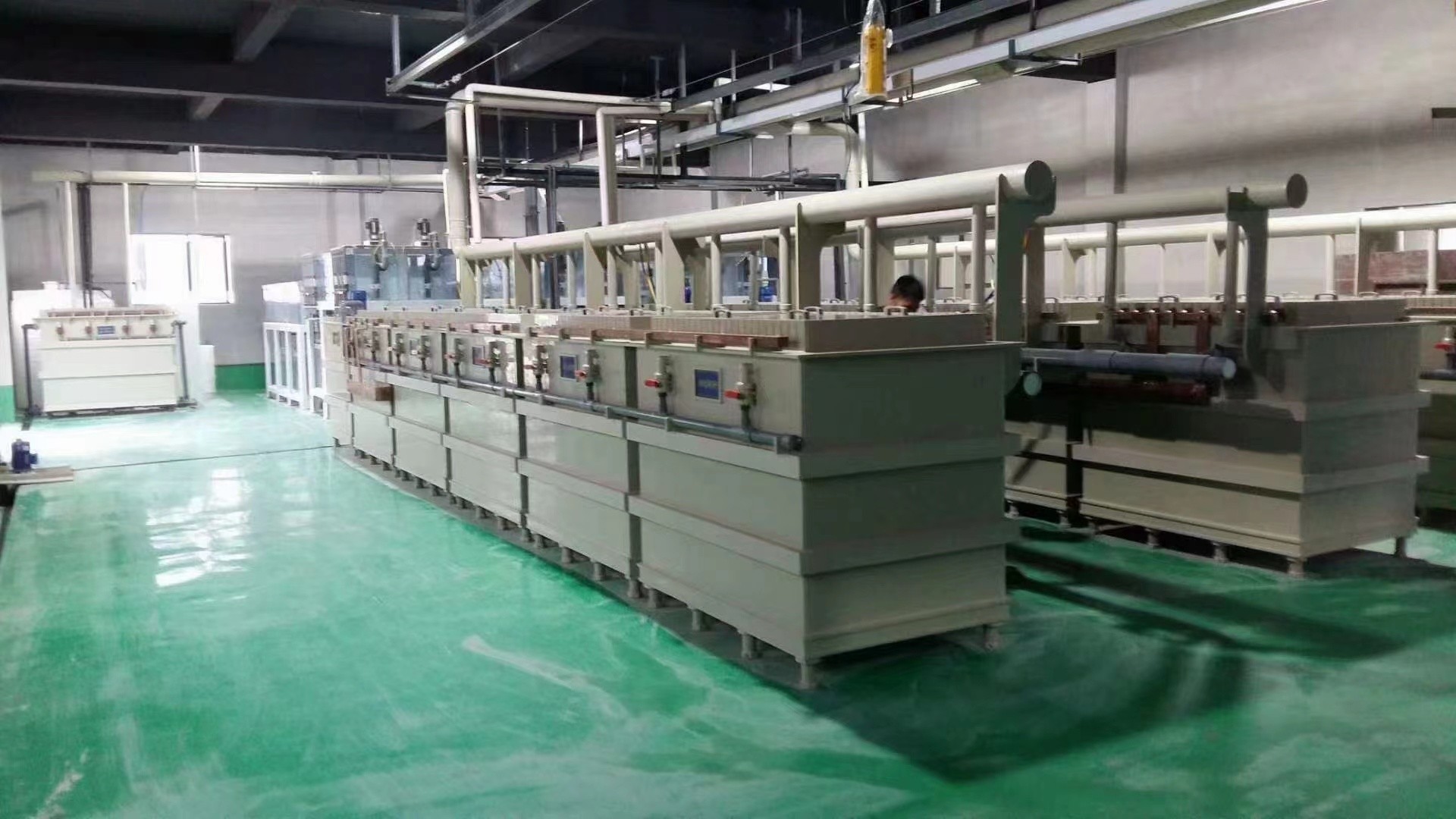Copper is one of the important non-ferrous metals and has a wide range of uses. The following will introduce the operation process of electrolytic copper equipment.
The governments of Europe and the United States are actively promoting the "reflow" of manufacturing to return the industry to a high-speed development stage. Among them, refined copper is in the middle link of the copper industry chain, and is in the upstream of copper smelting, mineral processing and other links; the midstream is the copper smelting process; its downstream industry is to obtain copper products of various forms by rolling and forging electrolytic copper materials. In recent years, with the vigorous development of downstream industries such as electricity, transportation, and home appliances, my country's refined copper production capacity has continued to grow.
Refined copper, also known as electrolytic copper, is produced by electrolysis of electrolyte solution. A kind of crude copper is used as the anode, pure copper is used as the cathode, and a copper-containing solution is used as the electrolyte, and then the copper is dissolved from the anode and precipitated at the cathode. Since the inactive impurities in the crude copper are insoluble, anode mud is formed and precipitated at the bottom of the tank, and the active impurities are dissolved in the anode but cannot be precipitated at the cathode. Therefore, high-purity copper can be obtained by electrolytic cathode. The "electrolytic copper" made by this method is of very good quality and can be used to manufacture electrical products.
Electrolytic copper is a very important non-ferrous metal with a bright rose color. This metal color is not only beautiful, but also a metal material that can be widely used. Electrolytic copper has a very high purity, usually reaching more than 99.9%, and has excellent electrical and thermal conductivity. It is an indispensable and important material in the fields of electronics and electricity.

The crude copper is pre-made into a thick plate as the anode, and the pure copper is made into a thin sheet as the cathode. A mixture of sulfuric acid and copper sulfate is used as the electrolyte. After power is turned on, copper dissolves from the anode and transfers to the cathode, where it obtains electrons to form pure copper (also called electrolytic copper). Impurities such as iron and zinc, which are more active than copper, will dissolve as copper dissolves into ions. Because they are not as easy to precipitate as copper ions, they can be prevented from precipitating on the cathode by reasonably adjusting the potential difference during the electrolysis process. Inactive impurities such as gold and silver are deposited at the bottom of the electrolytic cell. The "electrolytic copper" made by this method is of very good quality and can be used to manufacture electrical products.
Therefore, the electrolytic copper equipment process has become an important part of industrial production.